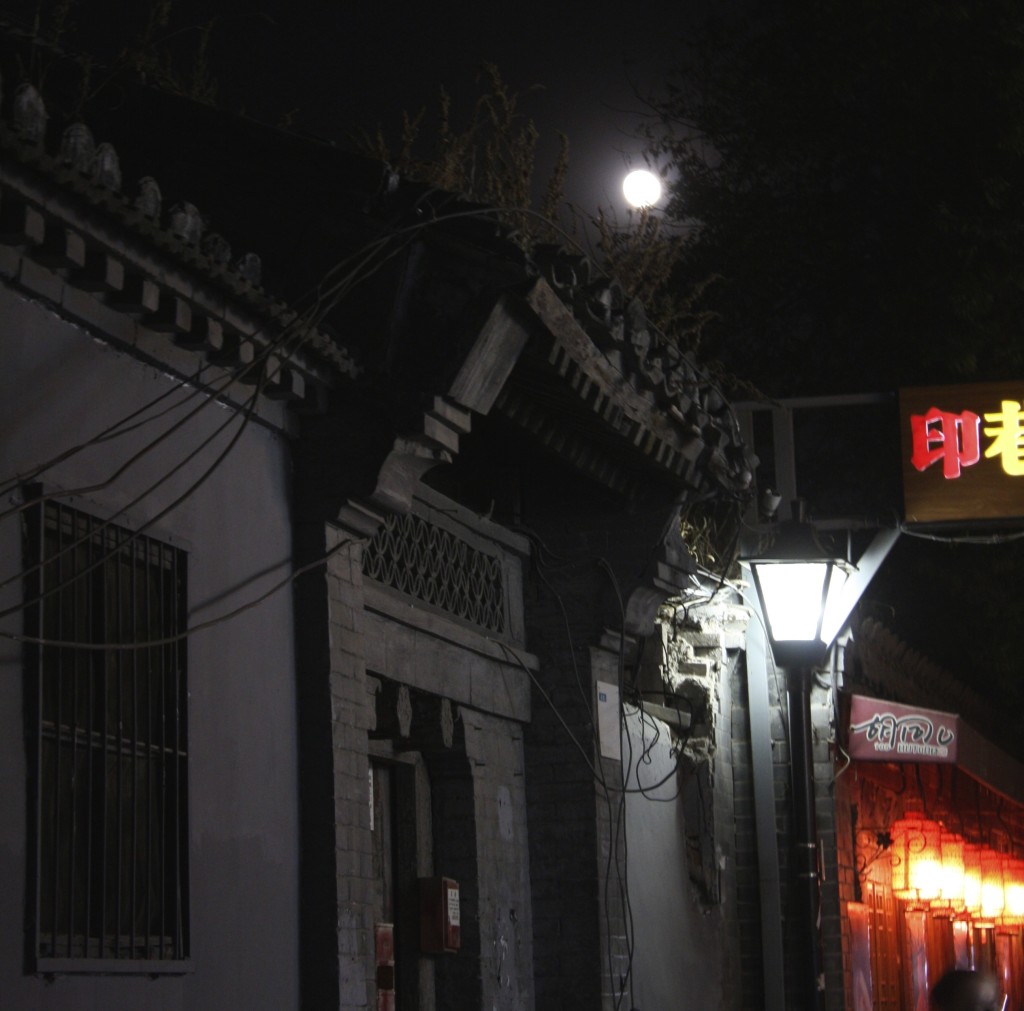
Beijing is most often defined by its grand wonders, by its imperial reputation. Hear the name of this capital city and your mind conjures images of the vast Tian’anmen Square or the mighty Great Wall. But spend a little time in the capital city, and discover a world found only in the hutongs of Beijing.
These narrow alleyways are some of the most ancient existent parts of the city, dating all the way back to the twelfth century. Grey brick walls are capped with tile roofs and punctuated by red lanterns. And these streets have evolved to become a completely unique cultural landscape, where old time Beijing businesses stand alongside new bars and trendy boutiques. Nanluoguxiang is the most famous of these alleys, constantly packed with young people devouring skewers and Mongolian yogurt as they stroll along the hutong. But an entire region in central Beijing is still predominantly made up of these alleys, where you can find families socializing, local bakeries and grocers, and expat-owned bars, coffee shops, hotels and restaurants discreetly plugged into the neighborhood.
In China Tea Leaves 北京 Beijing, discover with us the unique character of more of these hutongs, with an entire section devoted to this glorious scene. A walking map in the book will help you find some of the best streets for shopping, photography, and dining, and we share the best restaurants, hotels and bars to check out when you’re wandering the hutongs of Beijing. Find it on iBooks for iPad and Mac.
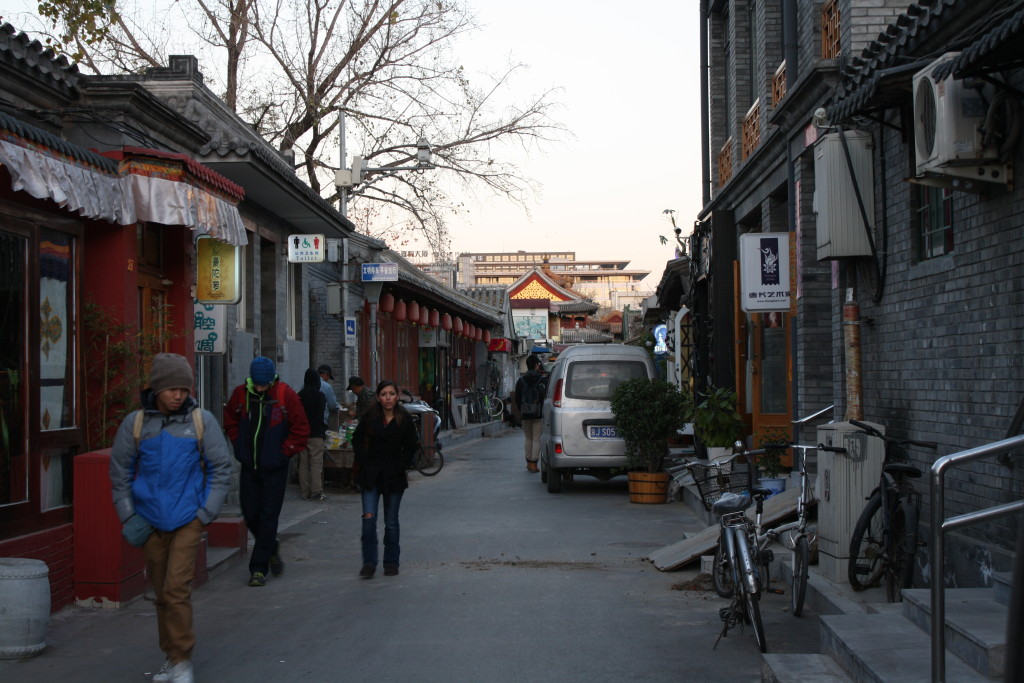
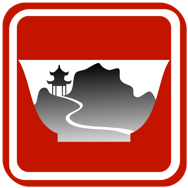
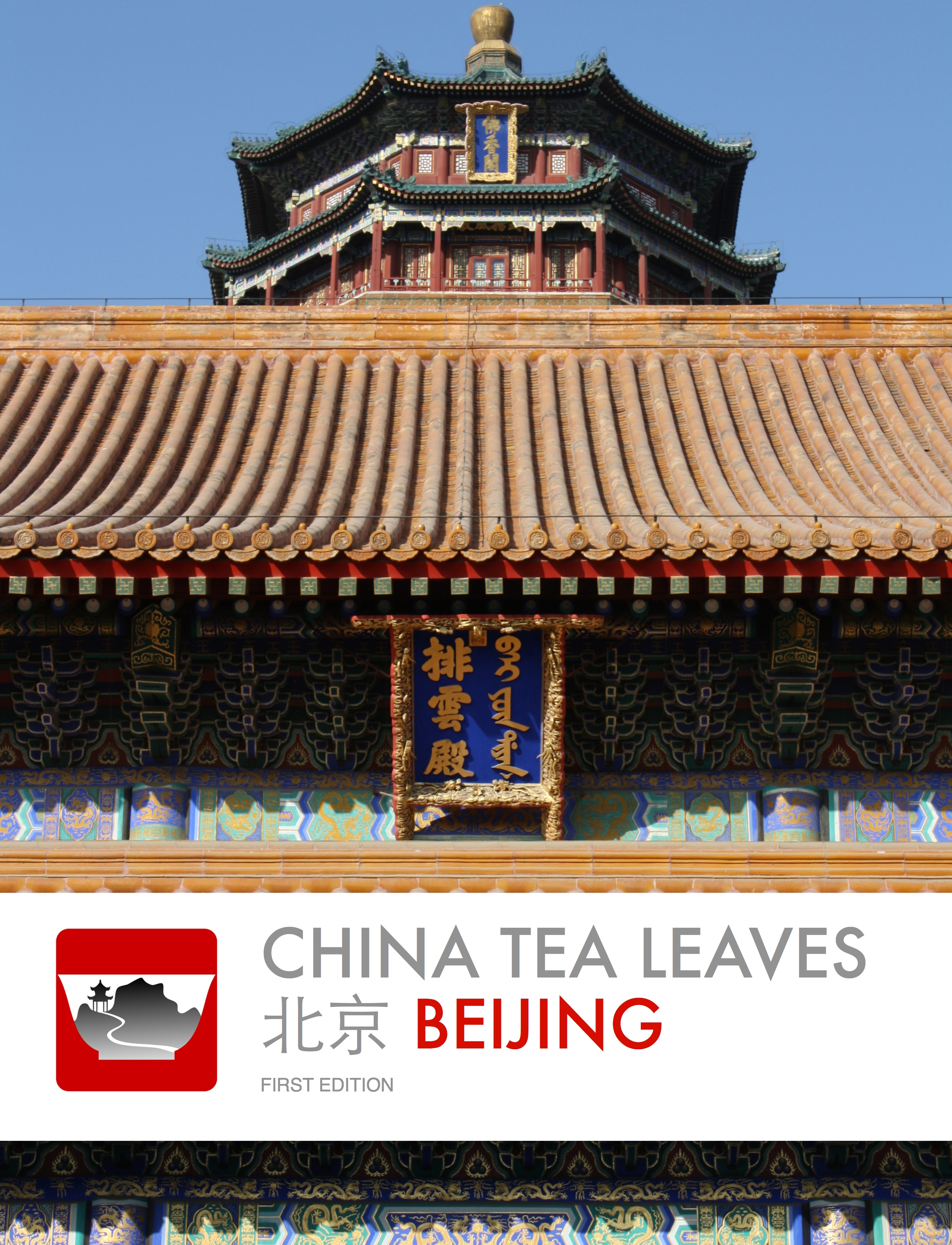
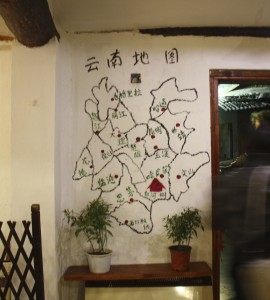 Map of Yunnan province
Map of Yunnan province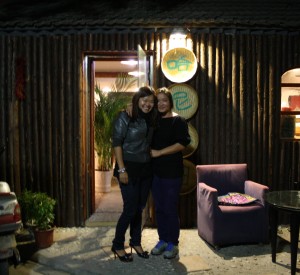 Sue Zhou and Wen Juan in front of their restaurant
Sue Zhou and Wen Juan in front of their restaurant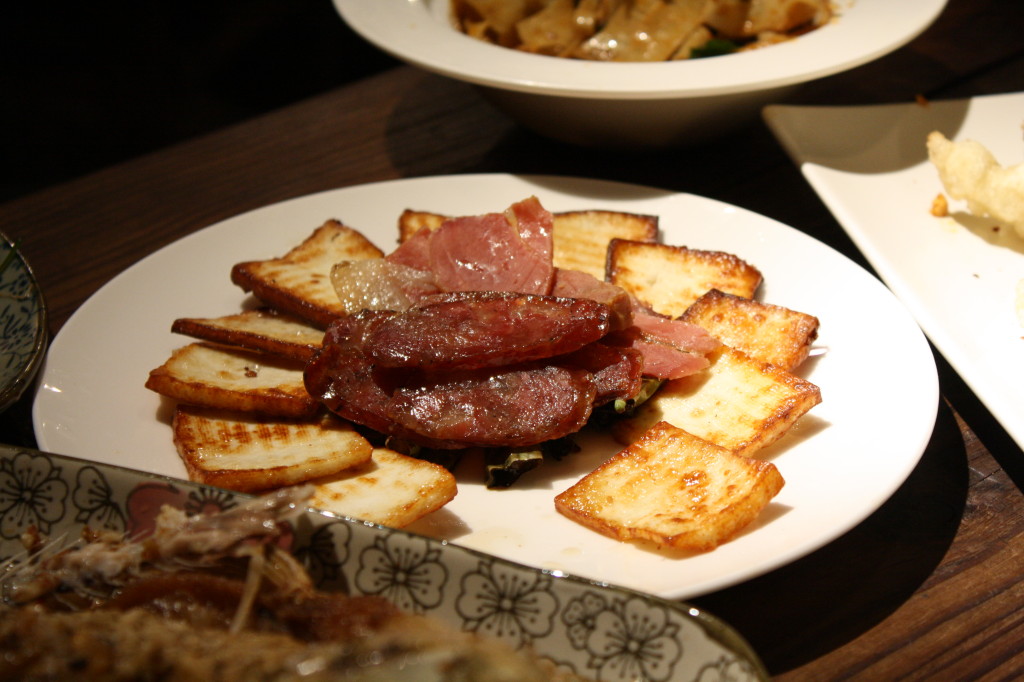 Yunnan ham and peppers accompanied by lightly pan-fried goat cheese
Yunnan ham and peppers accompanied by lightly pan-fried goat cheese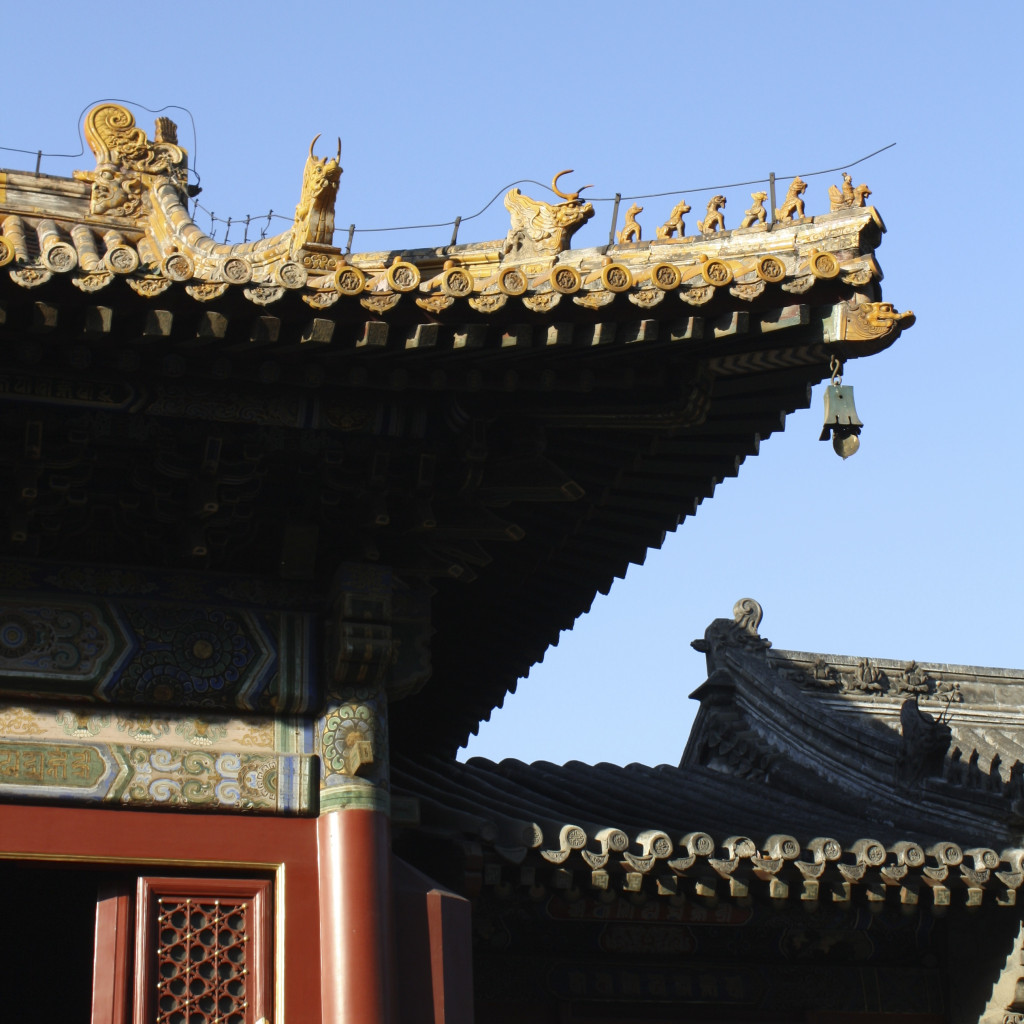
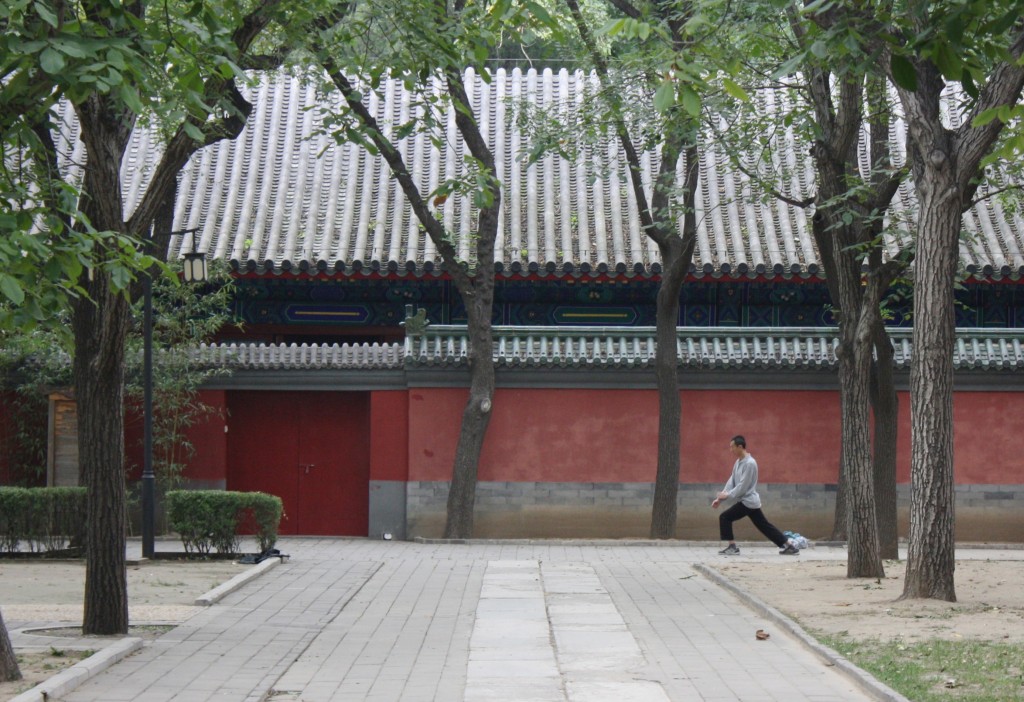 Morning T’aichi in Temple of the Sun (日坛 rìtán), Beijing
Morning T’aichi in Temple of the Sun (日坛 rìtán), Beijing